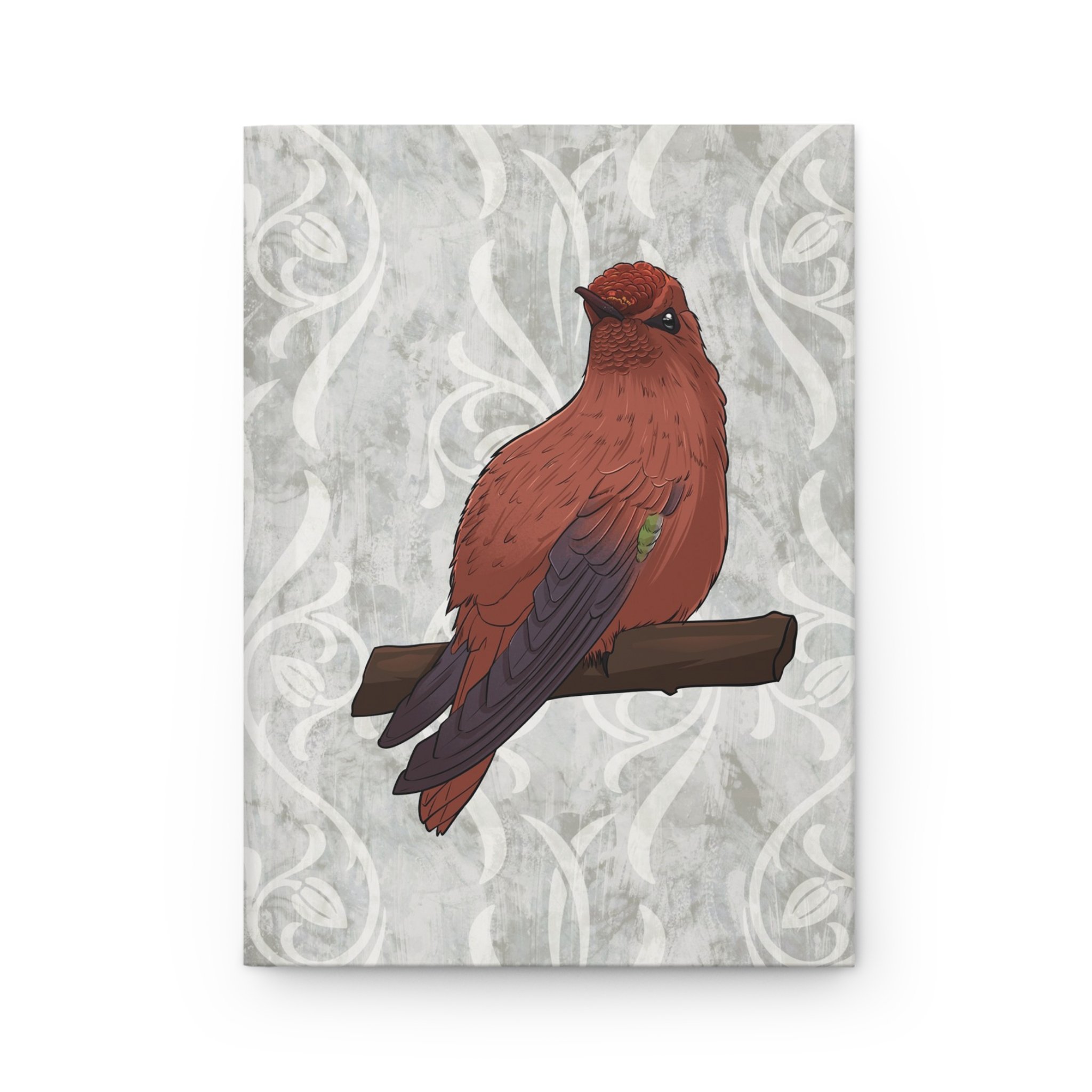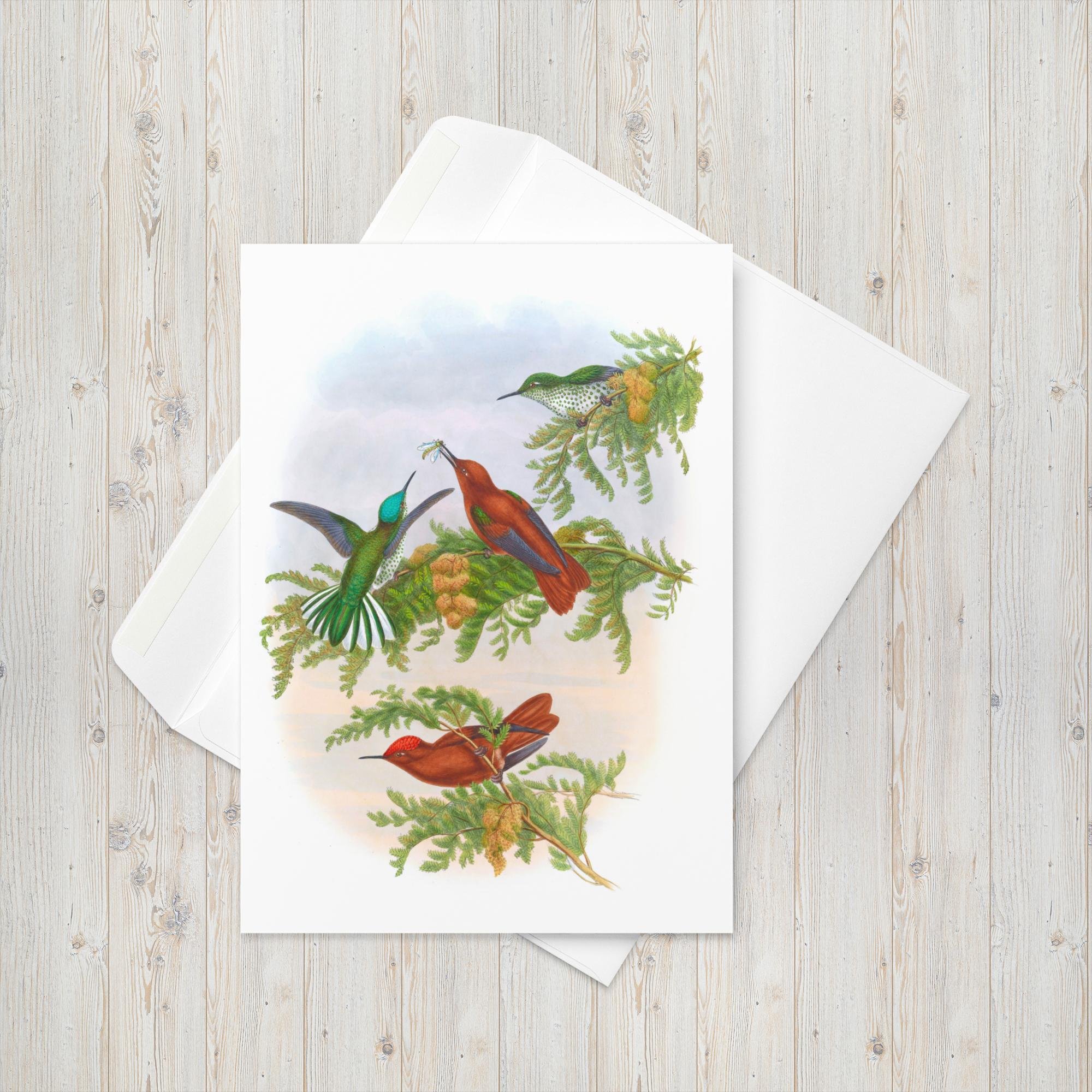Juan Fernandez Firecrown
Common name: Juan Fernandez Firecrown
Scientific name: Sephanoides fernandensis
Clades: Lesbiini - Coquettes
The Juan Fernandez Firecrown is a striking hummingbird endemic to the Juan Fernández Archipelago in Chile. Currently, this species is confined to Robinson Crusoe Island, which relies on the diminishing native forest habitat for breeding and foraging.
This medium-sized hummingbird presents a remarkable sexual dimorphism.
Males measure between 11.5–12 cm in length and boast a straight black bill. Their most striking feature is the iridescent fiery reddish-yellow forehead and crown, complemented by cinnamon-orange upperparts, underparts, and tail. Their wings are dark coppery-gray, making them a dazzling sight.
Females, on the other hand, are slightly smaller at 10.5 cm and have an iridescent bluish-purple crown. Their upperparts are bluish-green, while their snow-white underparts are dappled with black and green discs. The wings are slaty-green, and the tail feathers show a mix of blue-green central rectrices and outer webs, with the inner webs of the outer rectrices being white.
Juveniles resemble adults, with juvenile males gradually developing the iridescent crown as they mature and juvenile females displaying buffier underparts than adults.
The Juan Fernandez Firecrown forages on arthropods and nectar from native plants, including the endemic Dendroseris litoralis, Rhaphithamnus venustus, and Sophora fernandeziana, with which it likely co-evolved. While introduced plants such as Eucalyptus globulus provide high-quality nectar, many invasive species on Isla Robinson Crusoe do not. Interestingly, this species often clings to flowers rather than hovering while feeding.
Listed as Critically Endangered by the IUCN and Endangered by Chile, the Juan Fernandez Firecrown faces severe threats. Population estimates range from “tens of thousands” to as few as 250 individuals, with the most current estimates suggesting approximately 1,000 individuals remain. Major threats include habitat loss due to invasive plants like Rubus ulmifolius and Aristotelia chilensis, predation by introduced animals such as cats, coatis, and rats, and habitat degradation from introduced herbivores, particularly European rabbits. There is also potential competition with the Green-backed Firecrown (Sephanoides sephaniodes), though the impact of this is not yet clear.
Urgent conservation actions are necessary to prevent the extinction of this fiery jewel, including the restoration of native forests, control of invasive plants, and eradication of invasive mammals such as cats, coatis, and rabbits. Without immediate intervention, the future of the Juan Fernandez Firecrown remains precarious.
2 subspecies:
S. f. fernandensis
Distribution Isla Robinson Crusoe (Juan Fernández Islands off Chile)S. f. leyboldi (Extinct)
Distribution Isla Alejandro Selkirk (Juan Fernández Islands off Chile)
note: The status of the proposed subspecies leyboldi is a mystery. It was initially described as a separate species, supposedly from Isla Alejandro Selkirk. However, the validity of this subspecies has been questioned since the birds used for the description might be juveniles, and some birds collected by Federico Johow in 1896 on both Isla Alejandro Selkirk Island and Isla Robinson Crusoe do not show differences.
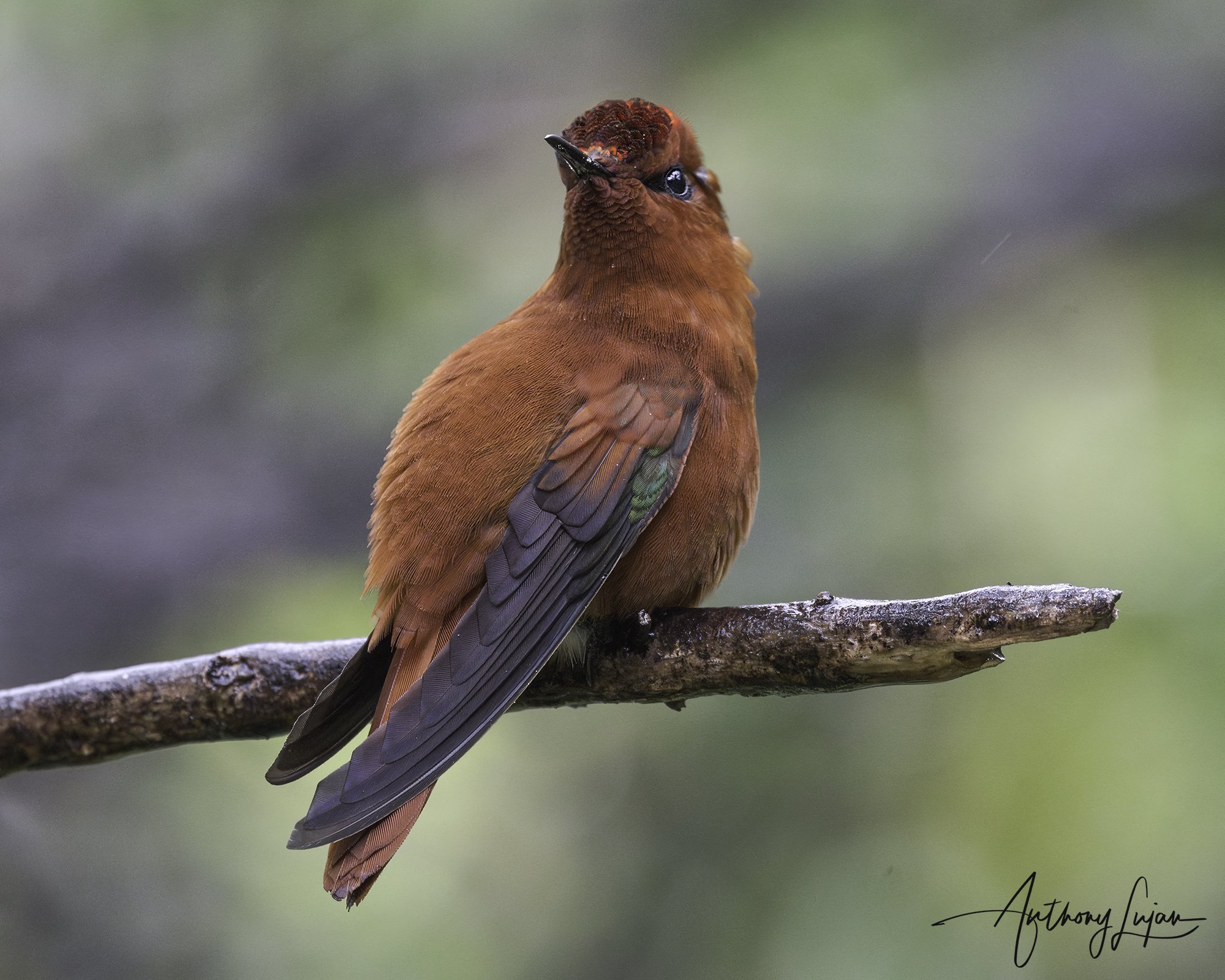
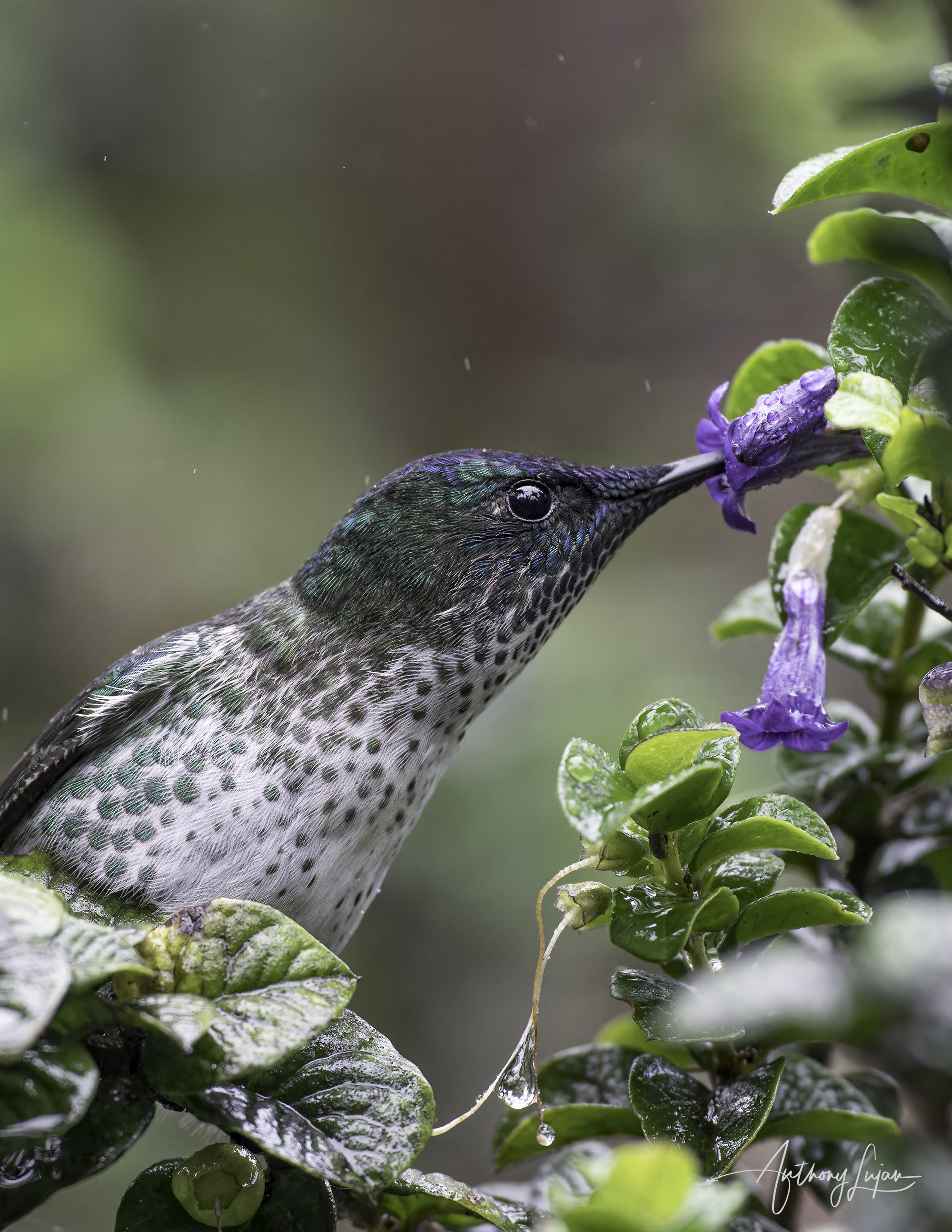
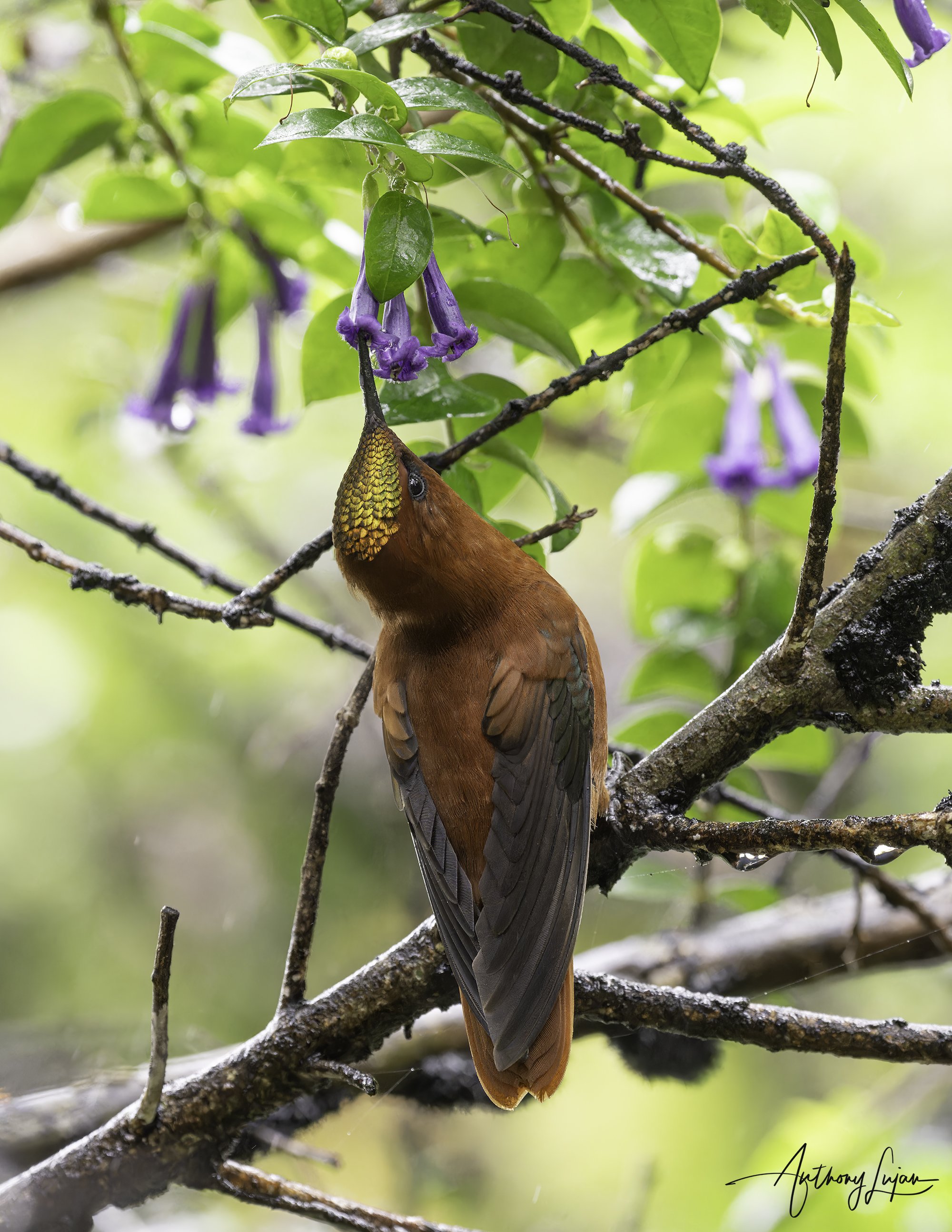
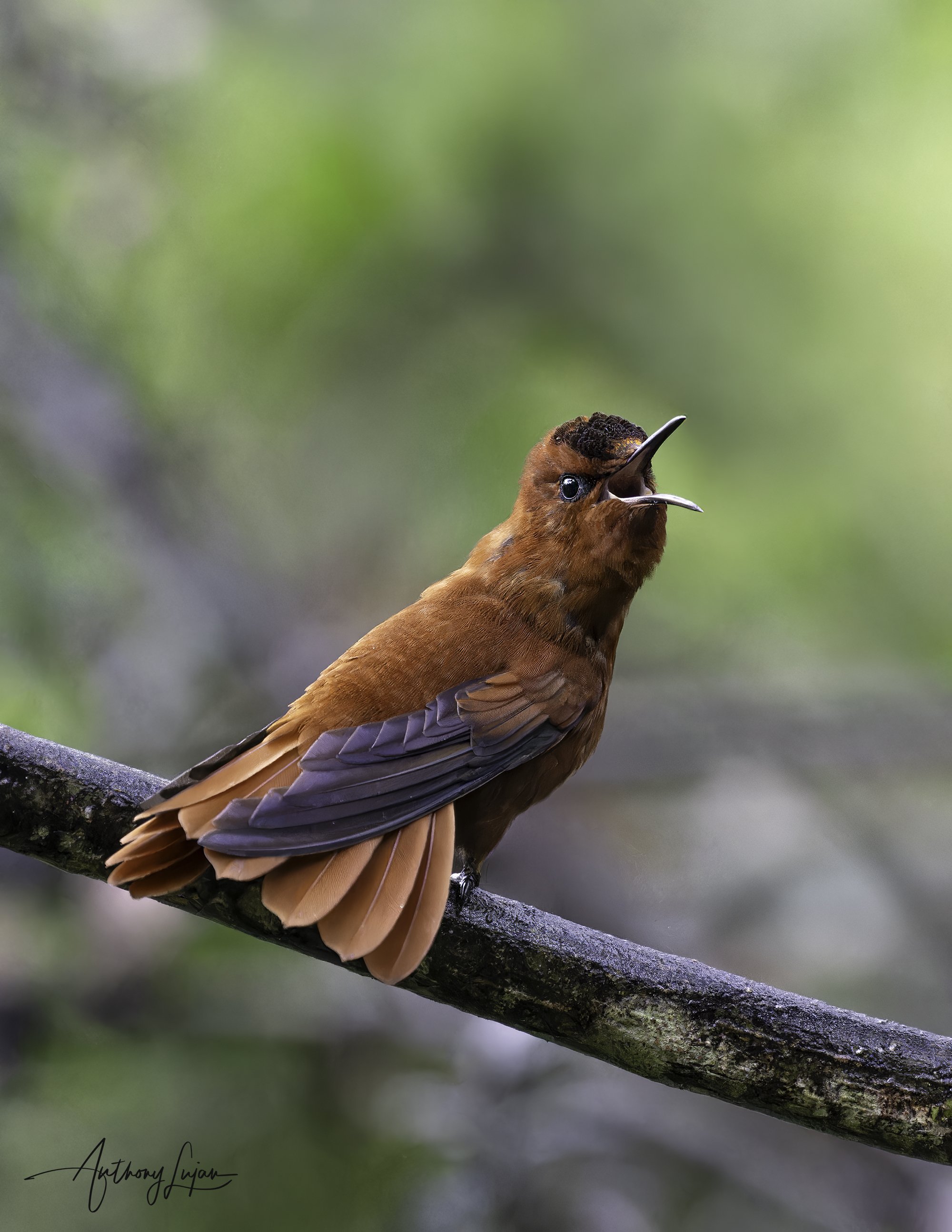
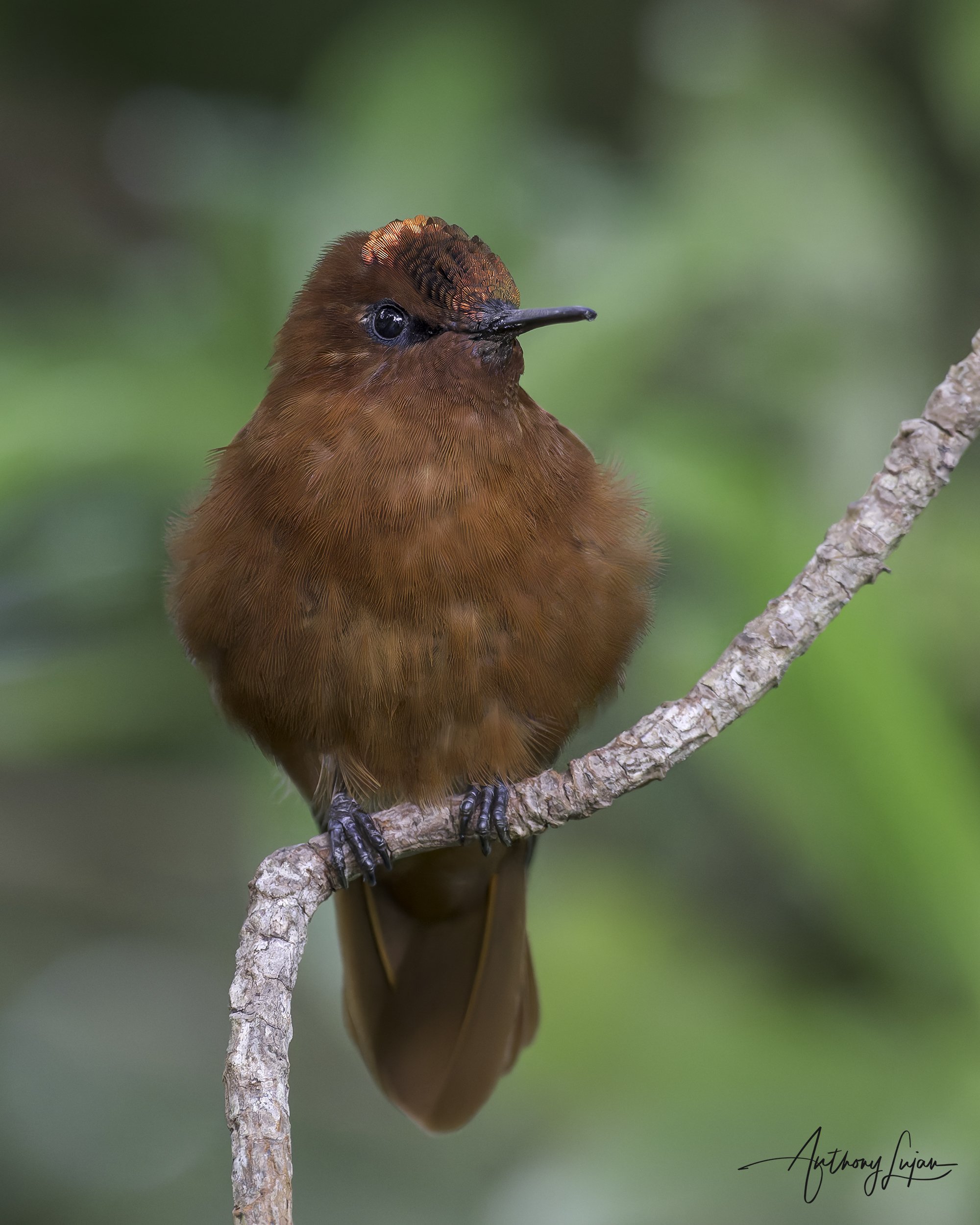
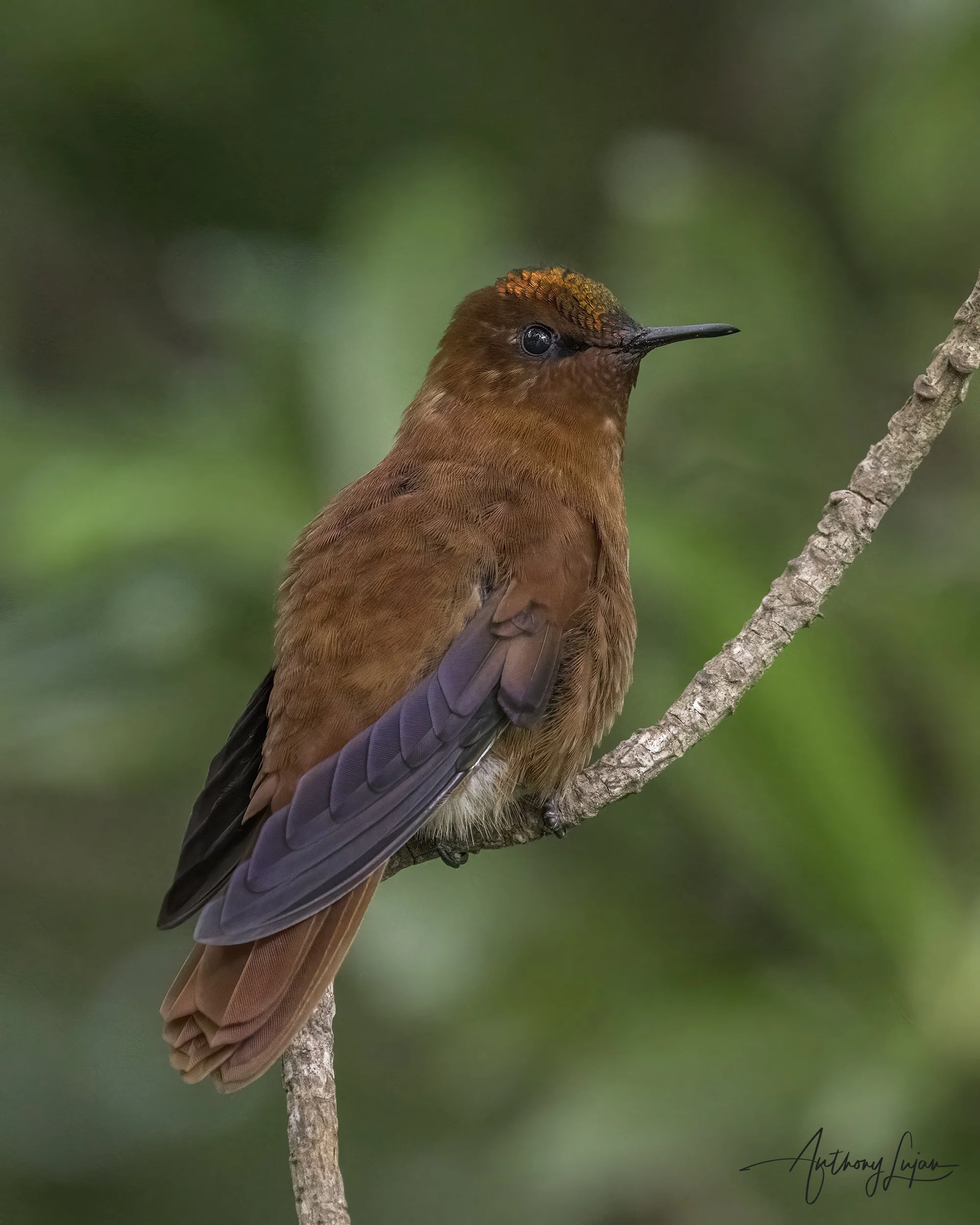
Checkout Anthony’s playlist of this species! Click the top right dropdown to see all the videos.
Anthony created a few products designed around this species. Check them out!
Your purchase SUPPORTS conservation efforts, so the more you buy, the more you help hummingbirds.



